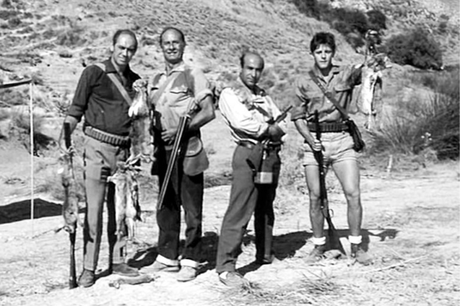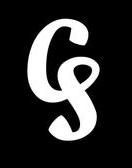
In honour of one of the most significant current Spanish cinema directors, Carlos Saura, the Instituto Cervantes de Manila is presenting the online film series "Carlos Saura, Goya de Honor" in March. The movies will be available for free viewing on Vimeo for 48 hours from their start date and time through the Instituto Cervantes channel.
The series, which includes four of Carlos Saura's best-known films, will begin today, March 4 (Saturday), with the screening of "La Caza," a 1966 movie regarded as one of the most outstanding artistic achievements in Spanish cinema. It tells the story of four buddies out on a hunt, but things get heated, and chaos ensues, possibly replicating a battle during the Civil War.
The Film
Hunting has existed for a long time, whether for sport or survival. According to National Geographic, early humans lived a hunter-gatherer lifestyle until 11,000-12,000 years ago. Hunting, fishing, and foraging for wild plants and other food sources, such as honey, were all essential aspects of the hunter-gatherer civilisation.
An article from IndianExpress.com states that hunting developed into a kingly hobby and was used to stifle undesirable populations and establish diplomatic relationships. Nowadays, hunting is only a violent recreation that most hunters no longer rely on for survival. According to PETA, hunting contributes to the extinction of numerous animal species globally.
However, La Caza or The Hunt, a notable film from the 1960s in Spanish cinema, clearly uses hunting as a symbol. It serves as a metaphor for the wounds of the Civil War.
Three middle-aged men, Jose, Paco, and Luis, go on a rabbit hunt together. The site is on Jose's land, he is a businessman and the hunt's host. However, the hunt takes place on a Spanish Civil War battlefield where three men fought.
Before they got their firearms ready for the hunt, they had some intense conversations. They even equated rabbit hunting to a man-hunt. After that, they began to load their riffles, which was once more a very intense process. All these scenes were done in close-up, which helped reveal the personalities of the three companions, who are all Spanish Civil War veterans.
This was all carried out gradually, much like the hunt itself. And just like when you go hunting, the suspense also builds. As the temperature rises, the three veterans start to break down from the heat, and soon their disparate goals intersect in a horrific finish making the hunters into the hunted. 8/10
The movie was Carlos Saura's first violent critique of Franco-era Spanish society. Saura achieved his first significant success internationally with it, taking home the Silver Bear for Best Director at the 16th Berlin International Film Festival. Don't miss watching his other works on the Instituto Cervantes channel on the Vimeo platform.

